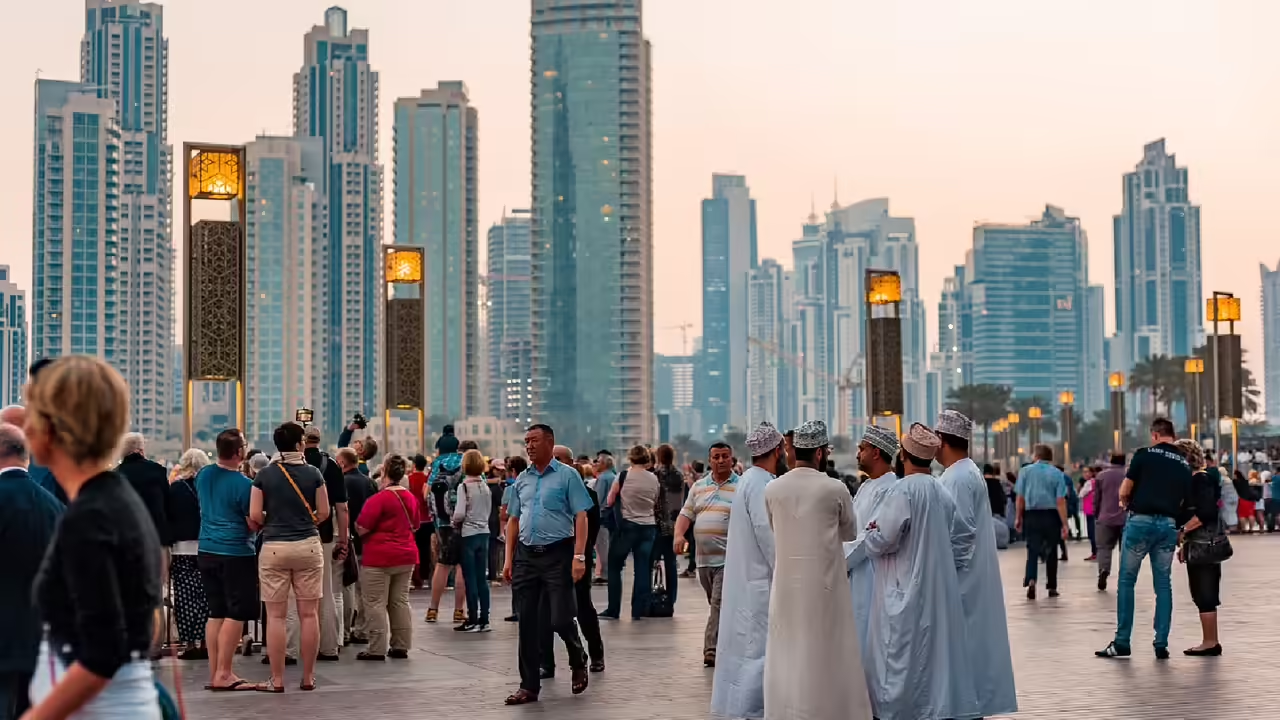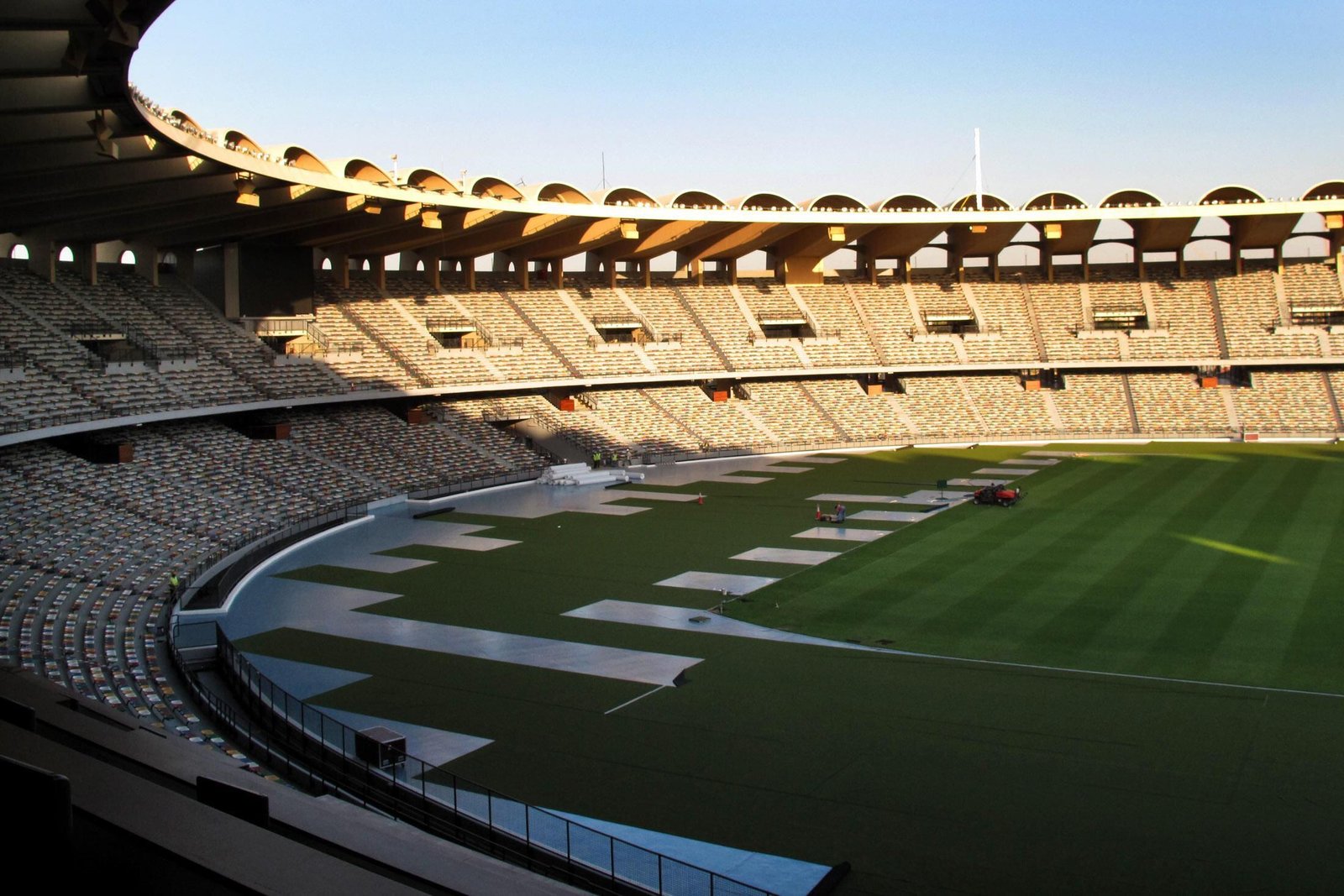Now Reading: Dubai’s Booming Infrastructure Powers Its Property Market Surge
-
01
Dubai’s Booming Infrastructure Powers Its Property Market Surge
Dubai’s Booming Infrastructure Powers Its Property Market Surge
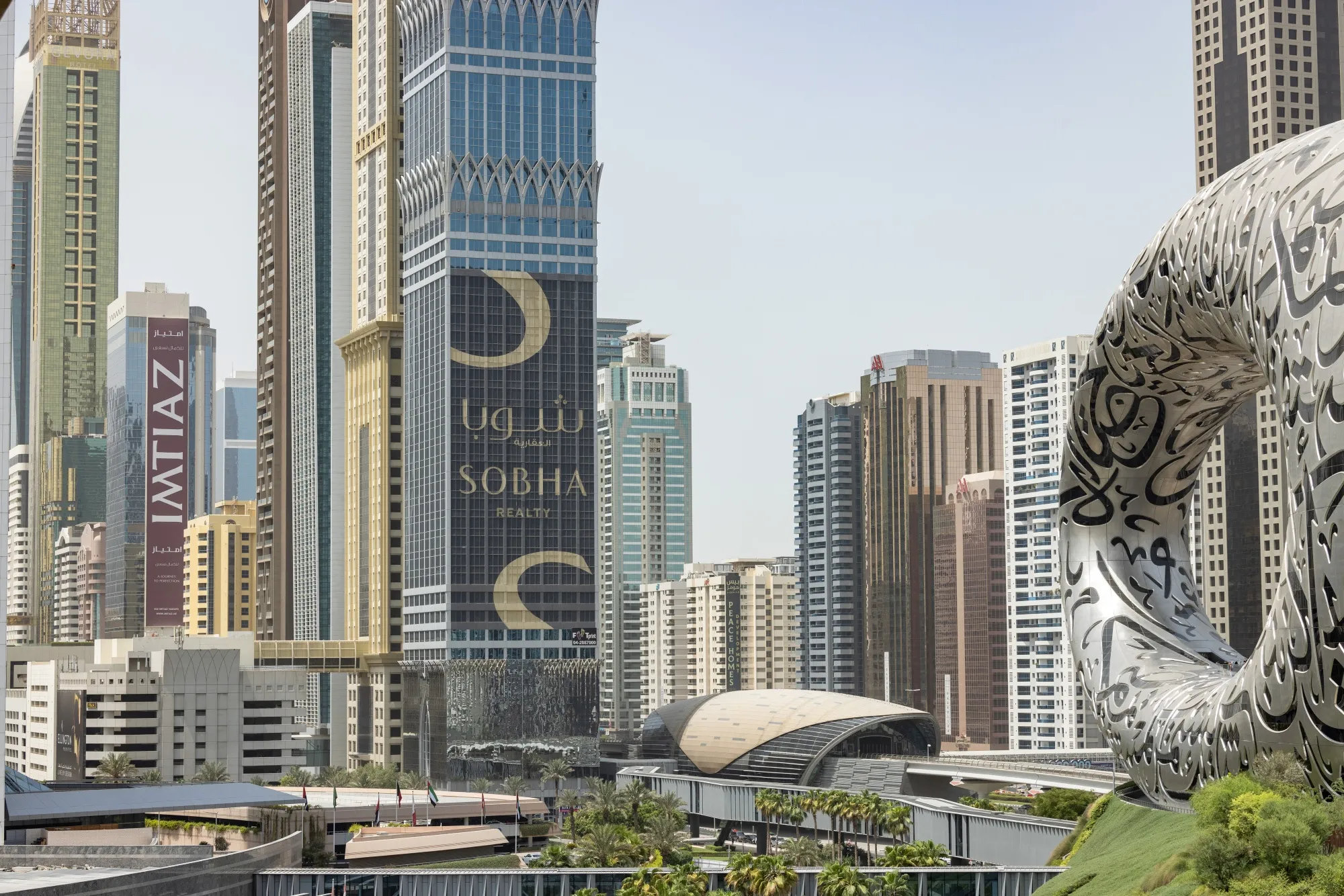
Table of Contents
Dubai’s Infrastructure Revolution: The Real Engine Behind Property Market Growth
Dubai’s rise as a global Property Market hotspot is not just a tale of skyscrapers and luxury living—it’s a story built on infrastructure. From cutting-edge transport systems and sustainable urban planning to smart city technology and iconic megaprojects, infrastructure remains the single most powerful force shaping the city’s real estate success.
Developers, investors, and residents alike are drawn to Dubai’s seamless connectivity and world-class amenities. As the city evolves into a hub for innovation and lifestyle, infrastructure investments continue to fuel demand, ensuring the property market remains resilient and future-ready.
The Backbone of Dubai’s Property Success
Dubai’s property market thrives on a simple but powerful formula: connect, build, and innovate. The emirate’s infrastructure is not just supportive—it’s transformative.
Massive projects like Sheikh Zayed Road, the Dubai Metro, and the Palm Jumeirah didn’t just improve accessibility; they redefined where and how people live. With every new bridge, metro line, or business hub, property values in surrounding areas have soared.
Connectivity isn’t an afterthought in Dubai—it’s the foundation of urban growth.
Transport Infrastructure: The Ultimate Value Multiplier
Few factors influence property prices as directly as transport connectivity. The launch of the Dubai Metro and expansion of key highways have turned once-remote areas into thriving communities.
- Dubai Metro Expansion: Areas like Jumeirah Lake Towers, Dubai Marina, and Business Bay saw property prices and rents climb following the metro’s introduction. The upcoming Blue Line will further link developing zones, opening new frontiers for investment.
- Air Connectivity: Dubai International Airport (DXB) and Al Maktoum International Airport remain major global gateways, bringing investors, tourists, and residents in constant flow.
- Road Infrastructure: Continuous improvements to Sheikh Mohammed bin Zayed Road and Al Khail Road make commutes faster, enhancing the livability of suburban developments such as Arabian Ranches and Damac Hills.
Transport infrastructure doesn’t just move people—it moves the market.
Masterplanned Communities: Infrastructure Meets Lifestyle
Dubai has mastered the art of combining infrastructure with lifestyle appeal. Masterplanned communities such as Downtown Dubai, Dubai Hills Estate, and Dubai Creek Harbour reflect this synergy.
These developments offer residents immediate access to schools, hospitals, retail, green spaces, and entertainment—all connected by efficient transport links. Investors see long-term value in such areas because infrastructure ensures stability, convenience, and appreciation potential.
For developers, this model reduces risk. For buyers, it ensures quality of life. For Dubai, it’s a winning formula that sustains continuous growth.
Smart City Vision: Technology as Infrastructure
Dubai’s infrastructure evolution is not just physical—it’s digital. The Smart Dubai initiative and the city’s commitment to becoming a global tech-driven hub have integrated innovation into every corner of urban life.
Smart grids, AI-driven transport systems, and digital property management platforms have made living and investing in Dubai easier than ever. These technological advancements attract a new generation of global investors seeking modern, connected lifestyles.
The result is a tech-powered property ecosystem where convenience, efficiency, and sustainability converge.
Sustainability: Building for the Future
Sustainability is no longer a buzzword—it’s the foundation of Dubai’s future infrastructure. Projects such as The Sustainable City, Expo City Dubai, and Dubai South showcase how eco-friendly design can coexist with economic growth.
Green mobility, renewable energy systems, and energy-efficient buildings are now integral to new developments. These initiatives not only appeal to environmentally conscious buyers but also align with the UAE’s Net Zero 2050 goals.
As sustainability becomes a priority, properties in green and energy-efficient zones are witnessing increasing demand and value retention.
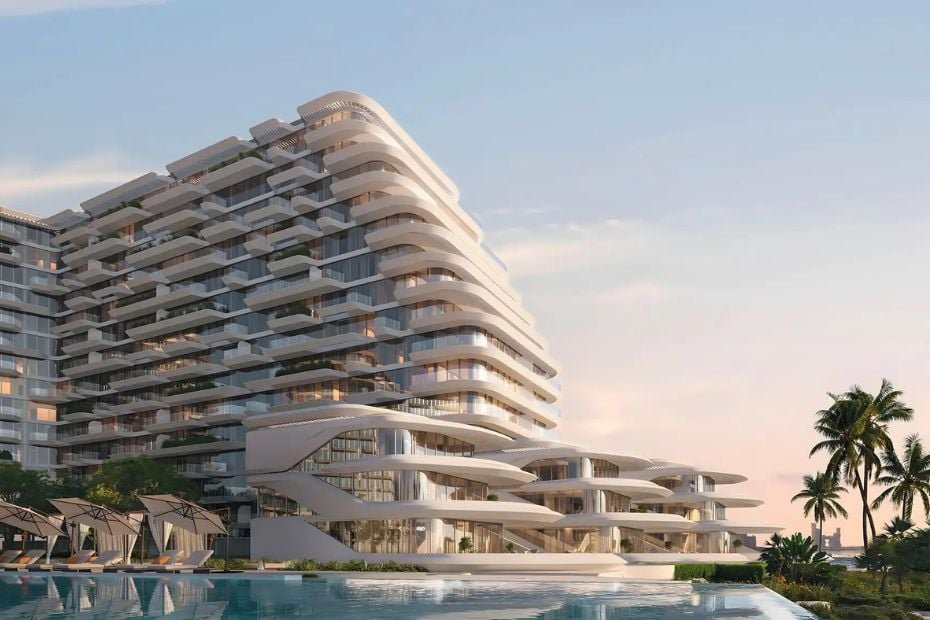
The Expo Legacy: A New Era for South Dubai
Expo 2020 Dubai was a turning point for infrastructure-led development. The transformation of Dubai South into a smart, sustainable district has unlocked vast potential for investors and developers.
The area is now home to state-of-the-art logistics facilities, residential zones, and commercial hubs—connected seamlessly to Al Maktoum International Airport and major highways. As Dubai prepares for Expo City’s expansion and the airport’s mega growth plans, South Dubai is emerging as the next big real estate frontier.
Public Amenities and Lifestyle Infrastructure
Beyond transport and housing, Dubai’s commitment to quality living drives property value appreciation. Schools, healthcare, parks, cultural venues, and leisure destinations form the social infrastructure that makes communities thrive.
- Education: The rise of top international schools in areas like Al Barsha and Mirdif attracts families seeking long-term homes.
- Healthcare: World-class hospitals such as Mediclinic and Saudi German Hospital strengthen residential appeal.
- Leisure & Retail: Mega malls, waterfront promenades, and recreational spaces enhance lifestyle desirability, a crucial factor for high-end buyers.
Such developments turn real estate into more than an investment—it becomes a lifestyle choice.
The Economic Ripple Effect of Infrastructure Spending
Every dirham spent on infrastructure multiplies its value across the economy. It creates jobs, boosts tourism, enhances productivity, and stabilizes property markets. Dubai’s ongoing infrastructure investments—estimated at billions annually—continue to drive construction activity and property launches across the emirate.
This economic momentum ensures that even during global slowdowns, Dubai’s property market remains resilient. Investors view the city as a safe haven due to its stable infrastructure-backed growth model.
New Frontiers: The Rise of Emerging Districts
Areas once considered peripheral—like Dubai Creek Harbour, Dubai Hills Estate, and MBR City—are now thriving thanks to infrastructure expansion. Improved access roads, upcoming metro connections, and proximity to business centers have turned these districts into hotspots for both investors and residents.
The same pattern is repeating in Dubailand, Dubai South, and Jumeirah Village Circle, where planned infrastructure continues to attract new buyers seeking affordable yet connected living.
Where infrastructure goes, property growth follows.
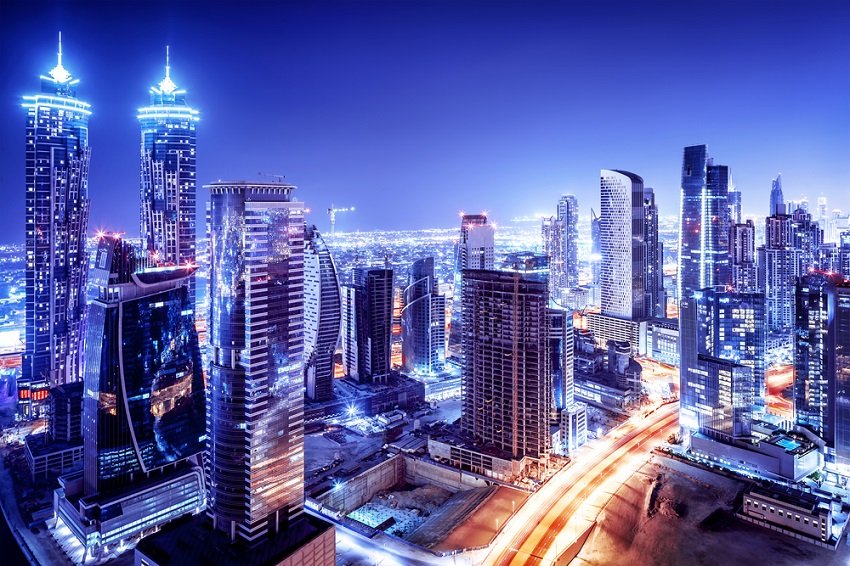
Government Vision: Long-Term Urban Planning
At the heart of Dubai’s success is visionary leadership and meticulous planning. Government strategies like the Dubai 2040 Urban Master Plan ensure balanced growth across the emirate, emphasizing green corridors, efficient transport, and sustainable urban clusters.
The plan envisions increasing the proportion of green and leisure areas, expanding urban centers, and ensuring every resident lives within minutes of essential services. This approach not only enhances liveability but also secures consistent demand in the property sector.
Dubai’s growth is not accidental—it’s the outcome of foresight and planning.
Tourism and Hospitality Infrastructure: Boosting Real Estate Demand
Dubai’s tourism-driven infrastructure plays a massive role in the real estate equation. Luxury hotels, entertainment venues, and iconic landmarks like Burj Khalifa, Palm Jumeirah, and Dubai Marina attract millions of visitors every year.
This influx fuels short-term rentals, holiday homes, and serviced apartment investments. The continuous expansion of hospitality infrastructure ensures steady demand for both residential and commercial real estate.
As tourism rebounds globally, Dubai’s property sector stands to benefit directly from its world-leading infrastructure ecosystem.
Why Investors Keep Betting on Dubai
Global investors recognize Dubai’s infrastructure as a long-term safety net. The city offers:
- Political and economic stability
- A tax-friendly environment
- World-class urban connectivity
- High rental yields and capital appreciation potential
For investors seeking reliability amid global uncertainty, Dubai remains one of the few markets where infrastructure guarantees performance.
The Future: Innovation, Expansion, and Sustainability
Dubai is not slowing down. Upcoming projects like the new Metro Blue Line, expansion of Al Maktoum International Airport, and futuristic urban zones like Dubai 2040’s green corridors promise continued growth.
The emirate’s leadership in smart mobility, renewable energy, and mixed-use urban design positions it as a model for sustainable real estate ecosystems worldwide. Infrastructure will continue to be the bedrock that supports its evolution into a global super city.
Conclusion: Infrastructure Is Dubai’s True Real Estate Currency
Dubai’s real estate strength is deeply rooted in its infrastructure excellence. Every bridge, metro line, and digital innovation adds layers of value to its property ecosystem. From luxury downtown towers to emerging suburban communities, infrastructure remains the invisible hand guiding growth, demand, and desirability.
As the emirate moves toward its 2040 vision, one thing is certain—the foundation of Dubai’s property market will always be its unmatched infrastructure.
Do Follow Estate on Instagram.
Dar Global Begins Handover of Pagani-Branded Residences in Dubai



